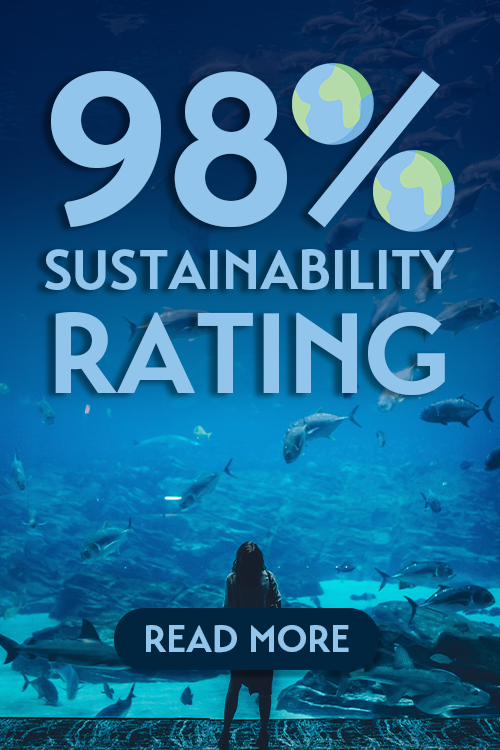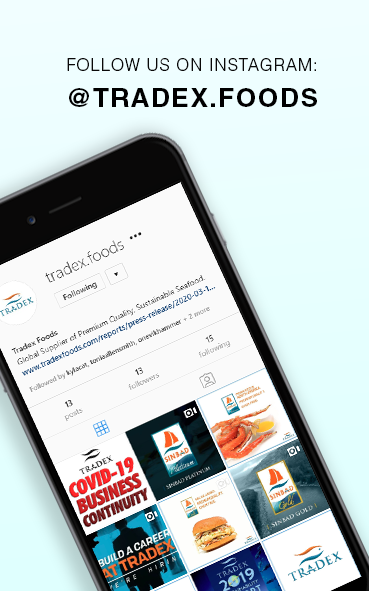
Loading
EP 481 | AIRED 03/30/2020
What is Cell-Based Seafood?
March 30th, 2020 --- This week, we tell you all you need to know about cell-based seafood.
Cell-based meat is a ground breaking and rapidly accelerating discovery, on the verge of entering the public food market.
Seafood is at the forefront of this mission as it is easier to grow than red meat, it being purely a muscle tissue.
Scientists collect stem cells that, once fed & nurtured properly, naturally & spontaneously organize themselves into muscle tissue.
At this moment, labs are sticking mainly to minced meat as it is easier to grow, but companies such as Blue Nalu & WildType have begun fabricating whole-muscle, cell-based fillets & medallions.
Not only would these alternatives have a much lower environmental impact, but saving resources used to feed livestock & farmed animals could go a long way for the global demand for food.
---- As of today, the Lab Grown Seafood Market is non-existent, as it has yet to hit shelves and restaurants, but has huge potential if it's introduced properly.
BlueNalu CEO & President Lou Cooperhouse recognizes this huge potential, with the company recently raising over 20 million dollars in their Round A fundraising earlier this month, with investors from all over the globe, in 11 different nations.

BlueNalu are currently building their first small-factory in San Diego, to get their products into restaraunts for 2021.
If all goes well, they could begin to produce hundreds of millions pounds of product in their larger scale facilities.
Due to current global conditions, we also asked how cell-based seafood would deal with a pandemic:
"At the top of people's mind is that this world is very vulnerable, and we cant know whats going to come next, Particularly the effects of climate change and other environmental issues.
In this case, obviously a virus that came from one part of the world and affected all of us quite quickly.
What BlueNalu is really addressing is really a more secure supply chain, as we have a really vulnerable supply chain, coming from our oceans and from our aquaculture farms. Having a third option really creates stability.
What we're all looking for here is clearly, that is an unstable world right now and Bluenalu is providing global stability and food security."
---- We also spoke to WildType Co-Founder & CEO Justin Kolbeck, who sees cellular aquaculture as a new third leg for the seafood industry, rather than a replacement, as he believes there will always be a place for responsibly fished or farmed seafood in the market.
He commented that "With so much growth ahead, we believe that consumers will be asking for a wide range of new products including cell-cultured seafood as well as plant-based alternatives.
While no cell-cultured meat or seafood products are on the market today, he believes these products will offer customers a few big benefits such as transparency in the supply chain, no environmental contaminants such as mercury, microplastics, or antibiotics, and the product won't be discouraged by depleting stocks.
Not only this, they will also be able to produce seafood in any geographic location, minimizing food miles and increasing the availability of 'fresh fish' to inland areas for the first time.
And finally, they hope this new source of seafood will help alleviate some of the pressure on our existing system and make up for supply shortages when there are natural declines in wild catch, pen breaks, or other challenges associated with farmed fish.
---- One of the biggest challenge for the commercial potential of classic meat altern atives, is the similarity to authentic meat products, with cultured meat at the forefront vs. vegetarian & vegan options.
WildType & BlueNalu says they are working to hit shelves as soon as possible, and if they are capable of meeting even 1% of the demand of the trillion dollar seafood market, that's still around a $10 billion market.
Consulting firm AT Kearney recently estimated that cultured meat could represent 35% of the global meat market by 2040, but they still have some huge obstacles to overcome.
With technological advancements and the industrialization of biotechnological processes, as well as the conversion rates for these alternatives being around 4 times higher than conventional meat, we expect enough accelerated growth & consolidation for these products take the market by storm.
---- What are your thoughts on these unconventional approaches to meat & seafood? Where do you think they will lead?
Always feel free to contact us at Tradexfoods.com or on our twitter @TradexFoods




